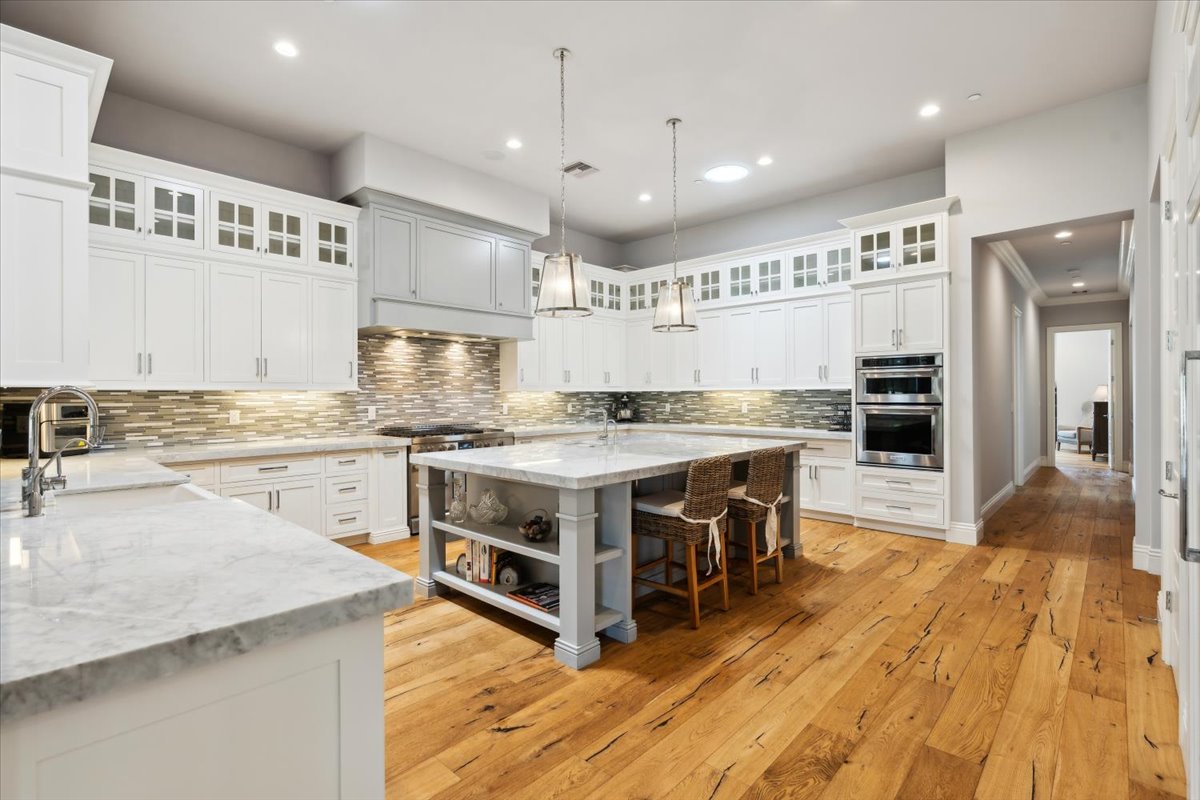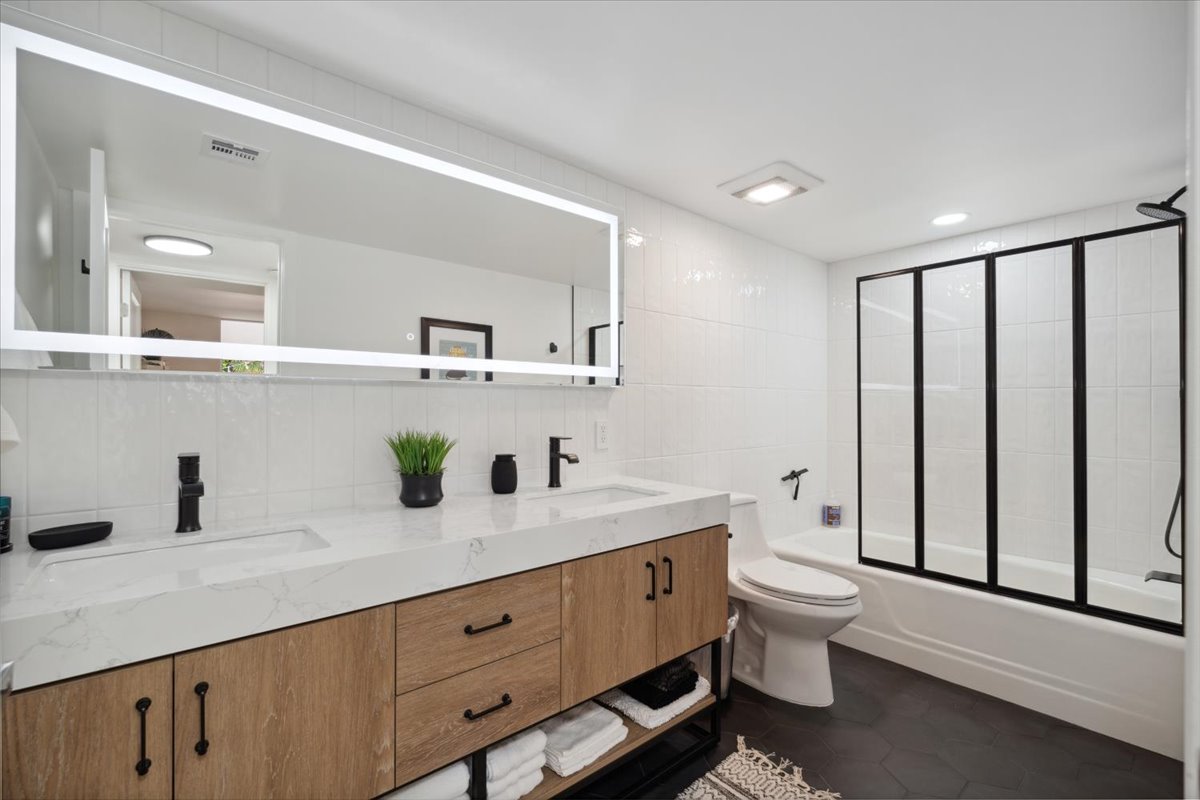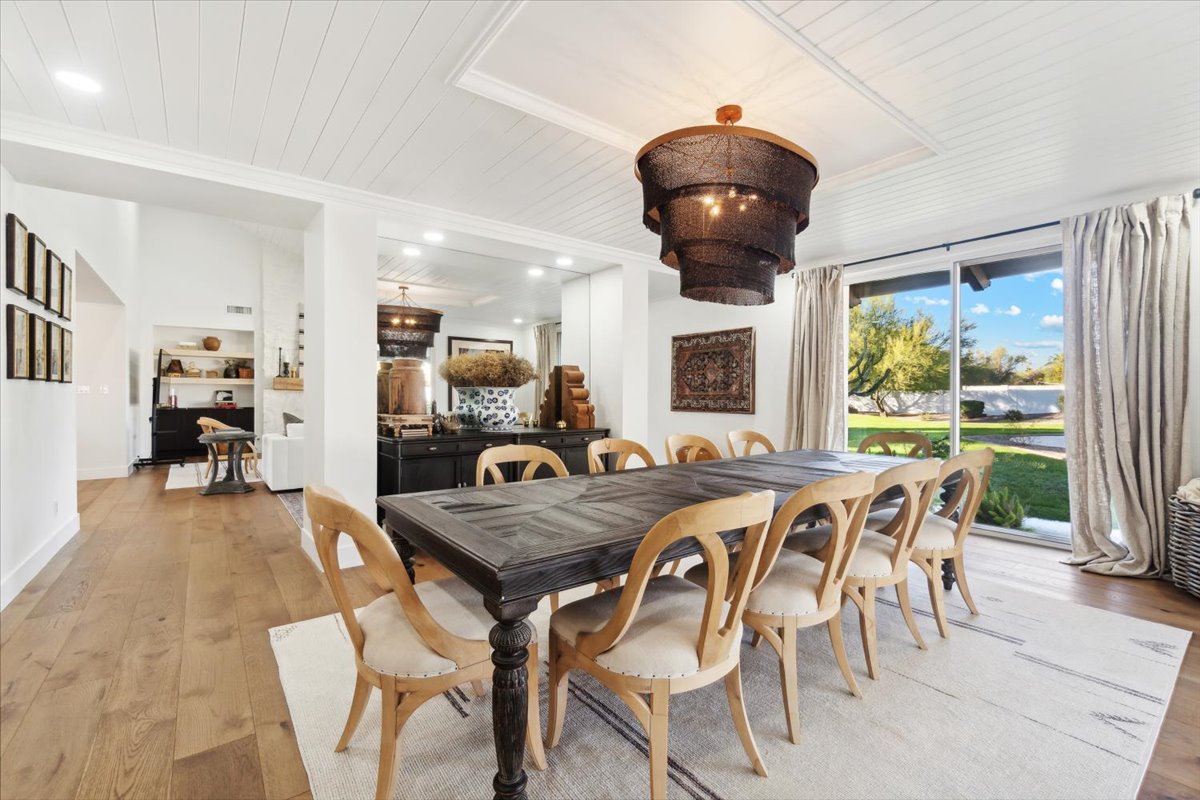How Housing And Real Estate Are Adapting To Modern Lifestyles
Rising Trends
The way we live, work, and connect is changing, and housing trends are keeping pace. From innovative design choices to transformative urban developments, real estate is adapting to new priorities and lifestyles. As we look ahead, these changes are influencing everything from home layouts to how communities are built. Here's what’s taking shape in housing and real estate now—and in the near future.
Reimagining Kitchens: From Trends to Timeless Choices
Kitchens are undergoing a transformation as homeowners move away from fleeting trends to prioritize functionality and character.
- Open shelving is being phased out for enclosed cabinetry that reduces clutter.
- All-white kitchens are giving way to warmer tones, textured materials, and bold finishes.
- Smart technology in appliances is falling out of favor, with homeowners favoring timeless, high-quality designs.
- Panel-ready and matte-finished appliances are replacing the dominance of stainless steel.
Homeowners are increasingly blending aesthetics with practicality, making kitchens more personalized and enduring.
Also Read: How Smart Home Technology Is Redefining High-End Real Estate

Mixed-Use Developments
The rise of mixed-use developments is redefining urban spaces. By integrating residential, commercial, and recreational uses, these spaces foster dynamic environments that are more than just places to live.
- Projects combine offices, housing, retail, and green spaces into cohesive hubs.
- Thoughtfully curated tenant mixes align with community identities.
- Activation through events, programming, and amenities enhances community engagement.
- Adaptable designs future-proof these spaces against evolving market demands.
Mixed-use properties are becoming focal points for convenience, connection, and sustainability.
Goodbye to Cookie-Cutter Home Design
Home designs are shifting away from generic layouts in favor of unique, multifunctional spaces that cater to modern living.
- Flex spaces for work, exercise, or hobbies are becoming standard.
- "Dirty kitchens" or secondary prep spaces offer functional solutions.
- Organic materials like reclaimed wood and natural stone are replacing industrial finishes.
- Personalization and bold design choices, such as dramatic backsplashes, are on the rise.
These changes reflect a growing desire for homes that feel distinct and cater to individual lifestyles.
Also Read: Entertainment Business Scandals Driving Angelenos To Arizona

The Decline of Overdone Trends
Certain design trends that once dominated are now falling out of favor as homeowners embrace more timeless, practical approaches.
- Industrial kitchens with exposed concrete and metal elements are losing appeal.
- Modern farmhouse aesthetics are being updated with refined, transitional touches.
- Matte black fixtures, once ubiquitous, are being swapped for brass, copper, and brushed finishes.
Design is becoming more about lasting quality and thoughtful details than trend-driven choices.
The Rise of AI-Driven Smart Homes
Artificial intelligence is shaping how homes function, offering personalized convenience that adapts to individual needs.
- AI-powered systems learn routines, adjust lighting, and optimize energy use.
- Virtual and augmented reality tools allow homeowners to visualize renovations before committing.
- Robotic technology is simplifying tasks, from vacuuming to folding laundry.
These advancements are creating homes that are not just smart but also intuitive, enhancing everyday life.
Also Read: Will The Second Trump Era Reshape The U.S. Housing Market?

Sustainability & Resilience Lead the Way
Sustainability continues to influence real estate, with developers and homeowners prioritizing eco-friendly materials and energy efficiency.
- Solar panels, efficient appliances, and green roofs are becoming standard.
- Sustainable construction practices are reducing waste and environmental impact.
- Mixed-use developments are emphasizing walkability, cutting reliance on cars.
These efforts reflect a growing commitment to creating spaces that are both livable and environmentally responsible.
The New Role of Property Management
Managing mixed-use properties and modern housing requires a more sophisticated approach than ever.
- Seamless coordination of resources across residential, retail, and office spaces is critical.
- Proactive planning minimizes disruptions during phased developments.
- Engaging tenants through thoughtful activation strategies builds lasting communities.
Effective management ensures these spaces remain vibrant and functional long after construction is complete.
Instead of being all about location, real estate is now more about innovation, adaptability, and creating places where people truly want to live. From bold design updates to community-focused developments, the housing landscape is being reshaped in ways that prioritize function, sustainability, and human connection. These trends are building the future.
Also Read: What The Drop In Remote Work Means For The Housing Market


















